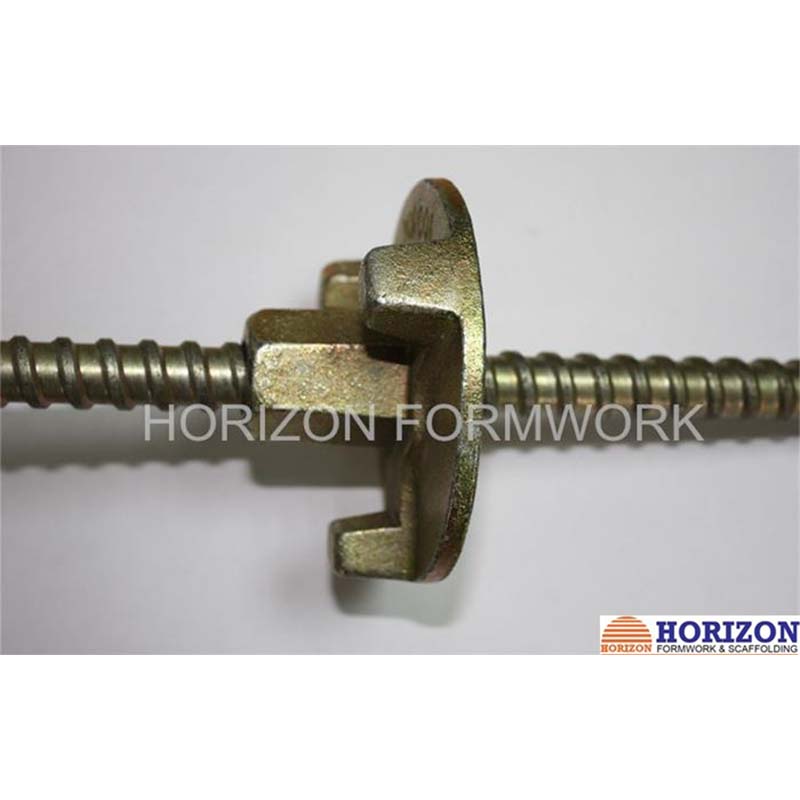Dec . 16, 2024 07:17 Back to list
China's Growth in Metal Scaffolding Assembly and Construction Industry Developments
The Rapid Development of Metal Scaffolding Assembly in China
In recent years, China's construction industry has witnessed a remarkable transformation, characterized by rapid urbanization and infrastructural development. Among various construction methodologies, the assembly of metal scaffolding has emerged as a critical component, enabling the efficient and safe erection of structures. Metal scaffolding, often regarded as the backbone of construction projects, offers a robust solution for supporting workers and materials during the construction process.
The Importance of Metal Scaffolding
Metal scaffolding is essential for construction activities, particularly for high-rise buildings and complex structures where conventional scaffolding may fall short. The primary advantages of metal scaffolding include its strength, durability, and adaptability, making it ideal for diverse construction environments. In China, where skyscrapers and extensive infrastructure projects are prevalent, the demand for efficient scaffolding systems is on the rise.
One of the key reasons for the growing reliance on metal scaffolding is the need for enhanced safety standards. Construction sites are inherently hazardous, and the assembly of stable scaffolding can significantly reduce the risk of accidents. Metal scaffolding systems are designed to provide a secure platform for workers, reducing the likelihood of falls and injuries. Additionally, the use of metallic materials ensures that scaffolding can withstand adverse weather conditions and heavy loads, further improving safety on construction sites.
Innovations in Scaffolding Assembly Techniques
As the construction industry evolves, so do the techniques employed in scaffolding assembly. Chinese manufacturers have invested significantly in research and development to innovate better scaffolding solutions. Advancements include modular scaffolding systems that allow for quick assembly and disassembly, thereby reducing labor costs and project timelines. These modular units can be tailored to fit the specific requirements of a project, providing flexible and efficient scaffolding solutions.
Moreover, the integration of technology into scaffolding assembly has revolutionized the construction process in China. With the advent of Building Information Modeling (BIM) and other digital solutions, planners can now design and visualize scaffolding structures more effectively. This technology allows for precise calculations regarding load-bearing capacities and structural integrity, ensuring that scaffolding can perform optimally during construction activities.
china assembling of metal scaffolding

Economic Impact of Metal Scaffolding Assembly
The expansion of metal scaffolding assembly has significant economic implications for China. As one of the world's largest construction markets, the demand for metal scaffolding has led to substantial growth in manufacturing and supply chain management. Local factories have ramped up production to meet this demand, creating job opportunities and contributing to the overall economy.
Additionally, the increased efficiency accompanying modern scaffolding systems has a direct impact on project costs. By reducing assembly time and enhancing worker safety, construction companies can lower operational expenses and ensure timely completion of projects. This efficiency is particularly crucial in a competitive market where delays can lead to substantial financial penalties.
Sustainability in Scaffolding Practices
The construction industry is not only focused on productivity and safety but is also increasingly aware of its environmental impact. In this regard, the assembly of metal scaffolding is providing new avenues for sustainable practices. Manufacturers are shifting towards using eco-friendly materials and processes, which help reduce the carbon footprint associated with construction activities.
Moreover, metal scaffolding is highly recyclable, making it an environmentally friendly option in contrast to traditional wooden scaffolding. The reuse and recycling of metal components contribute to waste reduction and promote sustainable development goals within the construction sector.
Conclusion
The assembly of metal scaffolding in China represents a vital aspect of the country's booming construction industry. As urbanization accelerates and the demand for infrastructure grows, the role of metal scaffolding will continue to expand, enhancing safety, efficiency, and economic stability. Innovations in assembly techniques and technology integration are transforming the landscape, making construction projects not only more reliable but also more sustainable. As China continues to build its future, metal scaffolding will undoubtedly stand tall, supporting the structures that shape its cities.
-
Premium H20 Timber Beams | Durable Structural Solutions
NewsAug.05,2025
-
Premium Wall Formwork Solutions for Modern Construction
NewsAug.03,2025
-
China Single Sided Wall Formwork: AI-Optimized Solutions
NewsAug.02,2025
-
Premium Timber Beam H20 | Strong & Durable Construction
NewsJul.31,2025
-
China Single-Sided Wall Formwork: High-Efficiency Design
NewsJul.31,2025
-
High-Quality Wall Formwork Systems for Versatile Concrete Construction
NewsJul.30,2025